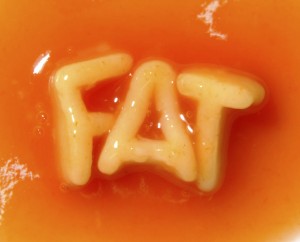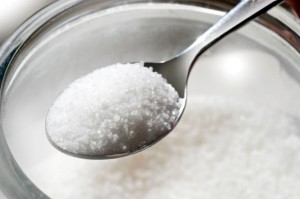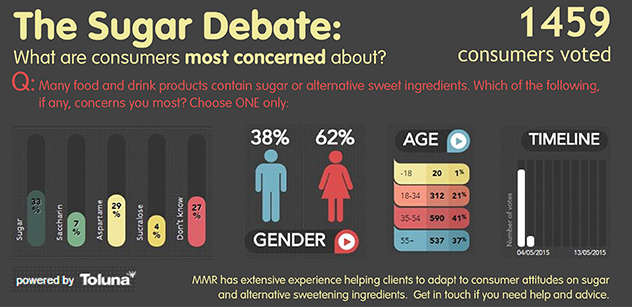Another exciting study has hit the world of taste research. Researchers from Purdue University, have found new evidence to suggest we can perceive the taste of fat, termed ‘Oleogustus’. In a study published this month, Mattes and his team have found new evidence that fats can have a distinct taste, different sensation to the basic tastes of sweet, sour, salty, bitter or umami.
In this study, volunteers were screened for their taste ability through a series of discrimination (spot the similar samples) tests. Screening selected 69% of volunteers, with 36% showing higher taste acuity. Successful participants wore nose clips, to reduce the impact of aroma and flavour, and sorted a variety of taste samples into groups using an adapted Taxonomic Free Sorting approach. The samples were matched for texture, so volunteers focussed on taste differences when describing what united samples that they placed in the same groups.
Sorting results found participants grouped samples into salty, sweet, sour and bitter tastes, with the fat samples generally placed separately to all these basic tastes. Whilst some overlap was observed with certain fats considered to be have elements sour, umami and bitter tastes, follow-up assessments found participants could isolate the fat samples specifically. Some short chain fatty acids were found to be slightly sour, whilst medium length chain fatty acids had some cross-over with umami compounds such as Monosodium Glutamate. Interestingly, long chain fatty acids were found to have some bitter associations for consumers, and these findings led the study authors to conclude that the taste of fat may not be entirely pleasant, and even considered unpalatable.
Despite fat delivering a specific sensation we can detect on the tongue, it is the combination of these tastes, aromas, textures and flavours that contribute to the full sensory experience. Fats can aid flavour delivery and provide texture cues to a wide range of products such as the melting mouthfeel of chocolate and ice cream, so even though it may be unpalatable when isolated, fat is easily accepted in the full context of foods and beverages. Nevertheless, this greater understanding of what we perceive when we eat, can help industry develop low fat alternatives and fat replacers, knowing the role this essential ingredient plays in the mouth, and how we can perceive it.
This is a fascinating finding for both sensory research and the food industry as a whole, particularly for those developing low fat products with fat free alternatives. This study highlights that fat has a taste which could be important to mimic in low fat products, as well as indicating the levels that isolated fatty acids can detected by consumers. The concentrations of fats used in this study are around the levels in fermented and rancid products and could help explain the unpalatable nature of fat samples by consumers. This new study suggests the taste of fat could play more of a role in food perception than we all realise, beyond the texture and mouthfeel characteristics we recognise in some of our favourite foods like chocolate!


